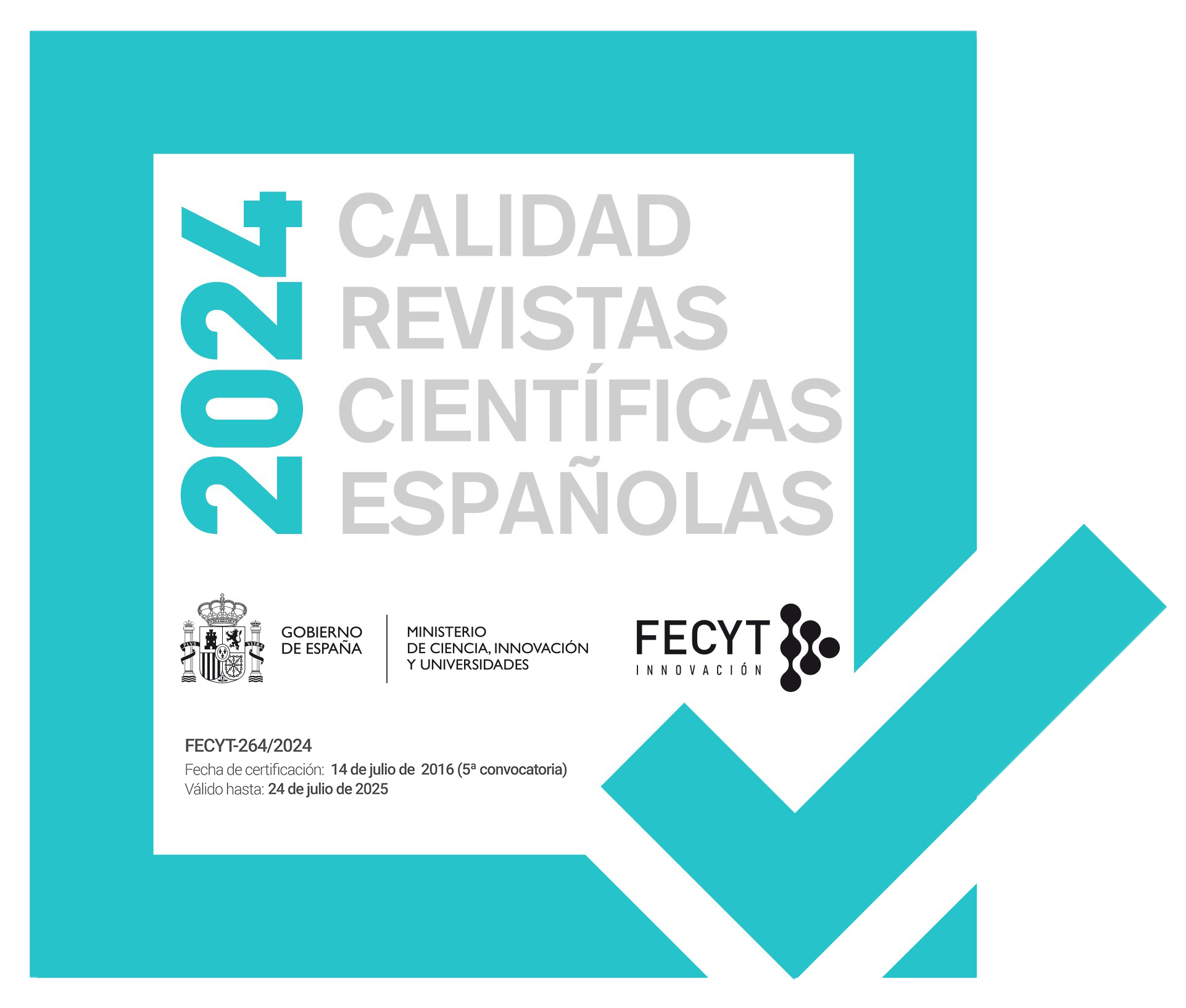The Chicxulub Crater Drilling Program - Borehole Core Characterization, Scanning and Logging
Chicxulub drilling program
Keywords:
Chicxulub crater, Drilling, Core analyses, Logging, Yucatan platform, Gulf of MexicoAbstract
Continuous core recovery, core scanning and physical property logging for characterization and petrophysics analyses in the Chicxulub drilling projects are reviewed. We focus on the Yaxcopoil-1 borehole, one of the Chicxulub boreholes drilled in the terrace zone that sampled the post-impact carbonates, impact breccias and target Cretaceous carbonates. Yaxcopoil-1 was continuously cored from 404 m to 1511 m, with core recovery of 98.5 %. The laboratory studies on drill cores include digital core scan images of cores and slabs, physical properties, mineralogy and geochemistry. The crater formed by an asteroid impact on the Yucatan platform at ~66 Ma ago, marking the Cretaceous/Paleogene boundary. It has a 200 km rim diameter and is not exposed at the surface, covered by ~1 km of carbonate sediments; thus its studies require geophysical surveys and drilling. Core analyses and 3-D and 2-D scans provide data on the stratigraphy, composition, textures, deformation and hydrothermal alteration. Impact breccias are heterogeneous materials, with clasts of melt, carbonates and basement in carbonate-rich and melt-rich matrix. The lower breccias were emplaced by high-temperature basal surges, which were followed by collapse of the impact plume and lateral curtains. The upper breccias are reworked air-fall deposits of the post-collapse stage. The crater formed a depositional basin, filled by sediments that preserve records of sea level and sediment transport across the platform. The Paleogene sequence is formed by limestones, dolomites, calcarenites and limestone conglomerates. The target sequence is formed by limestones, calcarenites, dolomite breccias and anhydrites. The studies show the usefulness of continuous coring and core analyses to constraint the crater formation, impact deformation, ejecta and impact dynamics.
Downloads
Published
Issue
Section
License

This work is licensed under a Creative Commons Attribution-ShareAlike 4.0 International License.
Copyright
Geologica Acta is the property of the UB, GEO3BCN, IDAEA and UAB. Geologica Acta must be cited for any partial or full reproduction. Papers are distributed under the Attribution-Share Alike Creative Commons License. This license allows anyone to reproduce and disseminate the content of the journal and even make derivative works crediting authorship and provenance and distributing possible derivative works under the same or an equivalent license.
Author Rights
Authors retain the copyright on their papers and are authorized to post them on their own web pages or institutional repositories. The copyright was retained by the journal from the year 2003 until 2009. In all cases, the complete citation and a link to the Digital Object Identifier (DOI) of the article must be included.
The authors can use excerpts or reproduce illustrations of their papers in other works without prior permission from Geologica Acta provided the source of the paper including the complete citation is fully acknowledged.




